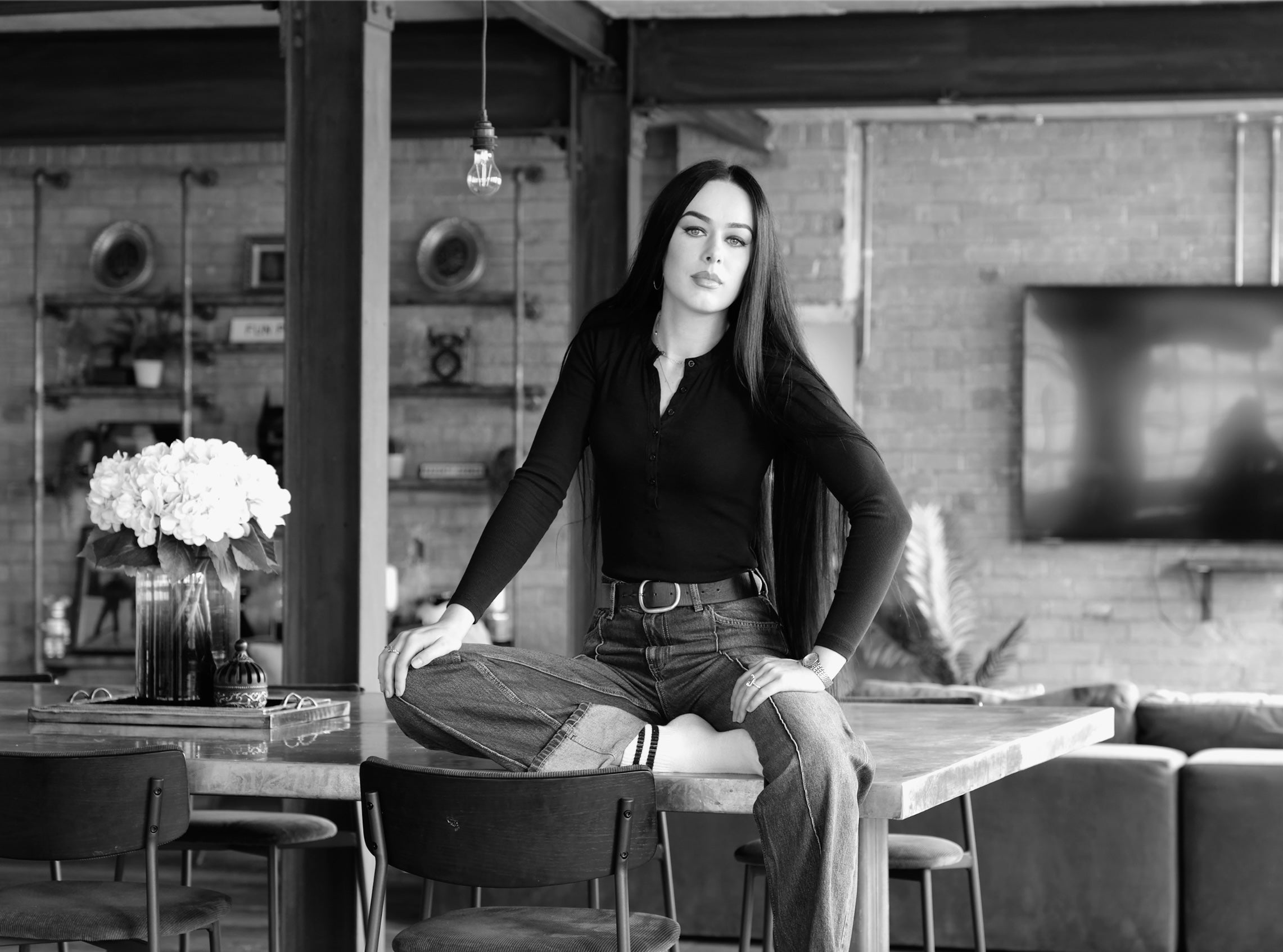When the topic of high fashion, runways, editorials come up in conversation, I admit I instantly picture something like a 90s Versace show - bejewelled bras, metallic mini dresses and bondage looks. Rarely do I picture something with modest intent or even a subconsciously more modest approach. Is this because of what I'm acclimatised to, the representation I see coming from Western society myself, or is it because there's a genuine undercurrent that modesty doesn't sit well in high fashion?
If we take 90s Versace, theres a vibrancy, a shock value, theatrics - all of which are maximalist in direction that dominate mainstream runway culture. The fashion landscape is riddled in abundance with these traits and it's often so loud that anything other is muffled out of the memory of the viewers. However, we are witnessing the rise of modest influencers, modest designer capsule collections, and modest runway models *Cue the incomparable Halima Aden*. As mentioned before, I have designed Eid collections for European commercial retail giants, who wish to expand their audience reach and provide suitable styles for such celebrations that are easily accessible in the European market. Luxury brands like Tom Ford and Alexander McQueen have all released "Ramadan" collections, however, part of me feels a lack of sincerity or authenticity to these as I struggle to understand their reason behind the use of "Ramadan" - the month of fasting, rather than "Eid" which is the celebration and the time to dress up... Am I missing something? Asking for genuine reasons.
If high fashion is the pinnacle of artistry and craftsmanship, then modesty is not an anomaly. Modesty also isn't just in the context of tradition, it's a directional approach that is evident in western high fashion but is often not recognised or necessarily intentional. For example, Phoebe Philo revolutionised minimalism at Céline with fluid tailoring and structured, full-coverage designs. There was no big sign saying "Modest!", "This is modest!", " Look how modest we are!", but it was adoptable style that could fit into most global markets as it was. This confirms the place of modesty in high fashion - the absence of overt skin exposure does not mean an absence of intrigue, or craftsmanship. If anything, it demands more.
However legitimate the intention, there is a growing appetite for modest fashion and luxury brands are waking up to it. With brands like Max Mara & GCDS catering to and featuring hijab models in their shows, they are now acknowledging modest fashion but it's also time to actively including consumers in the conversations.










